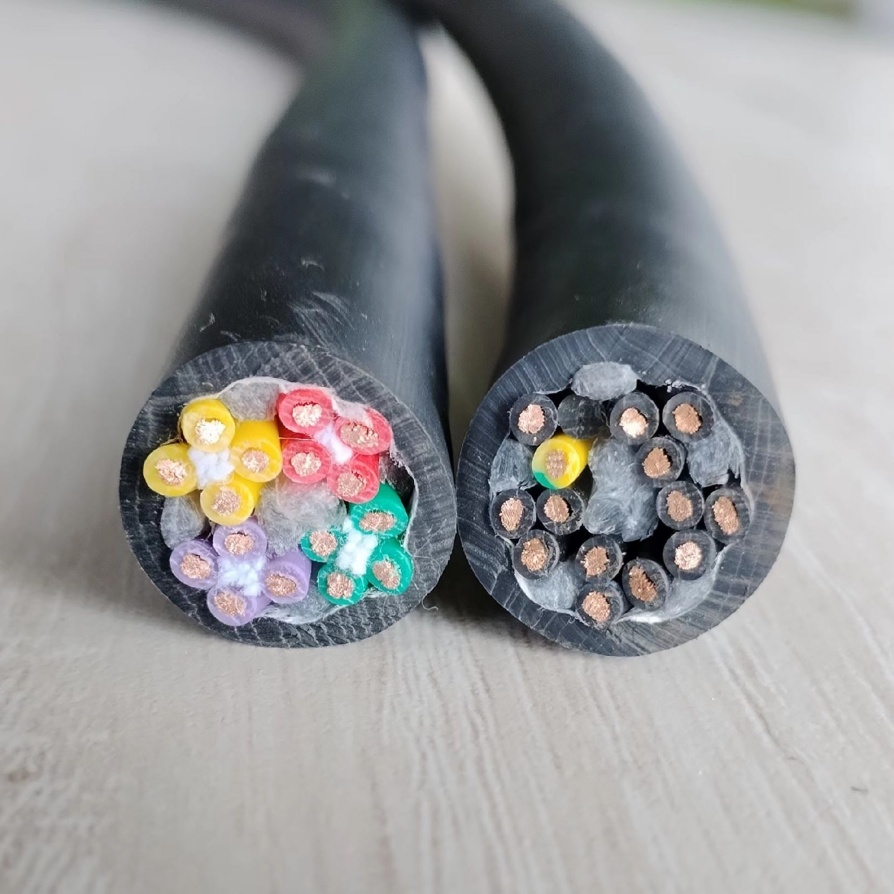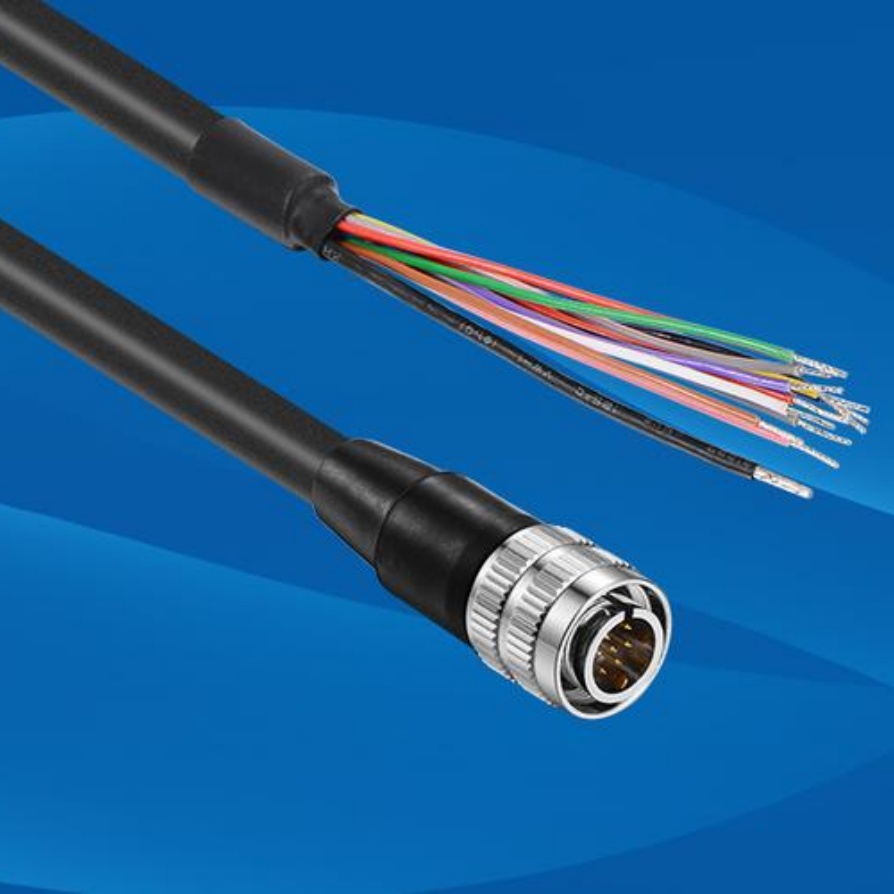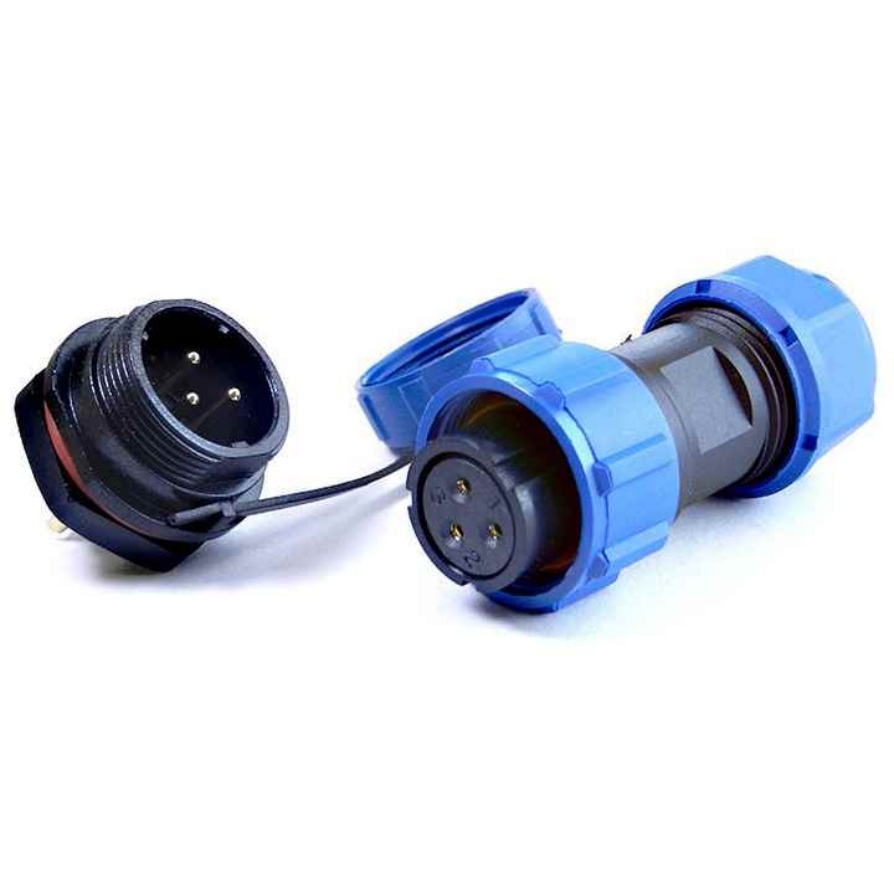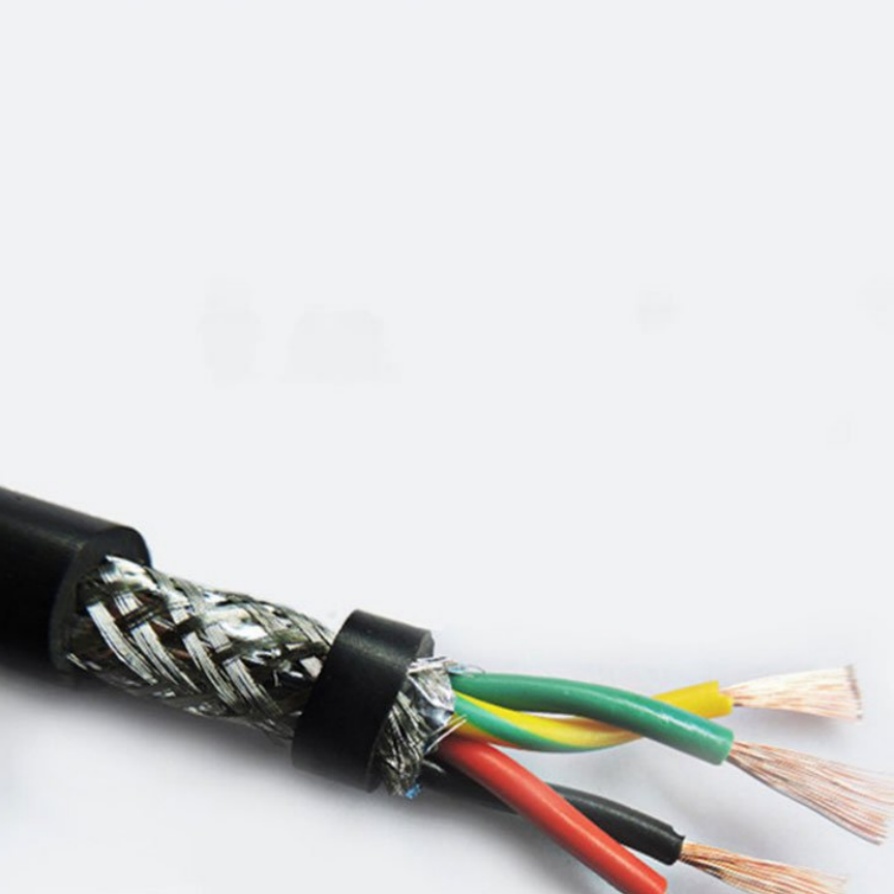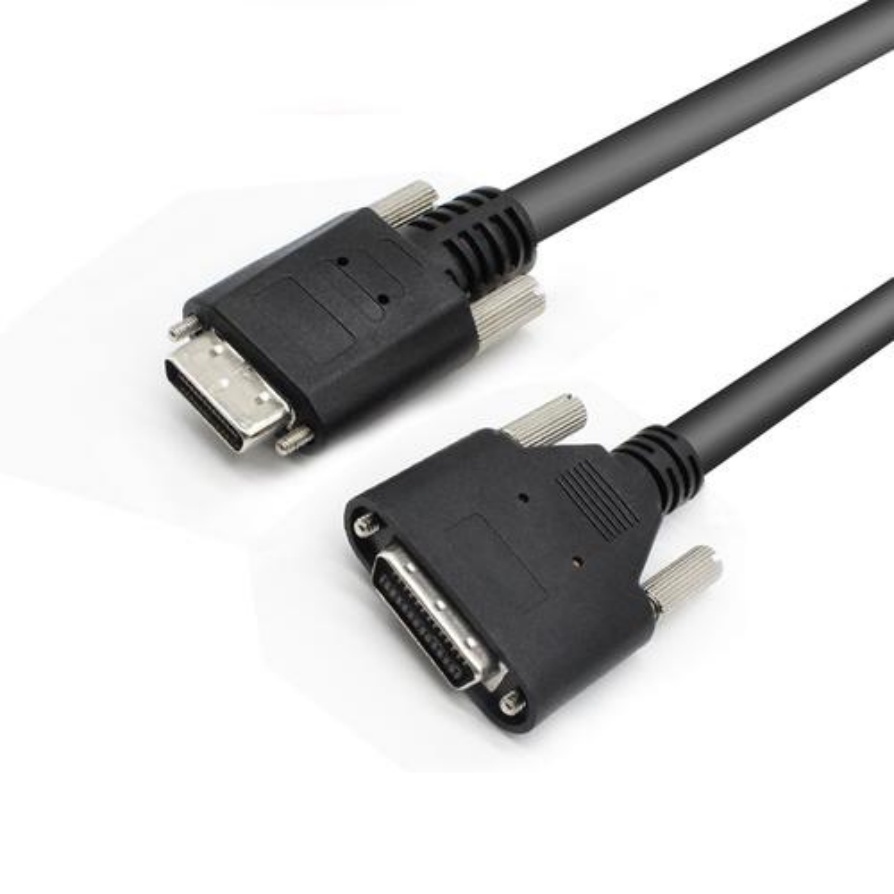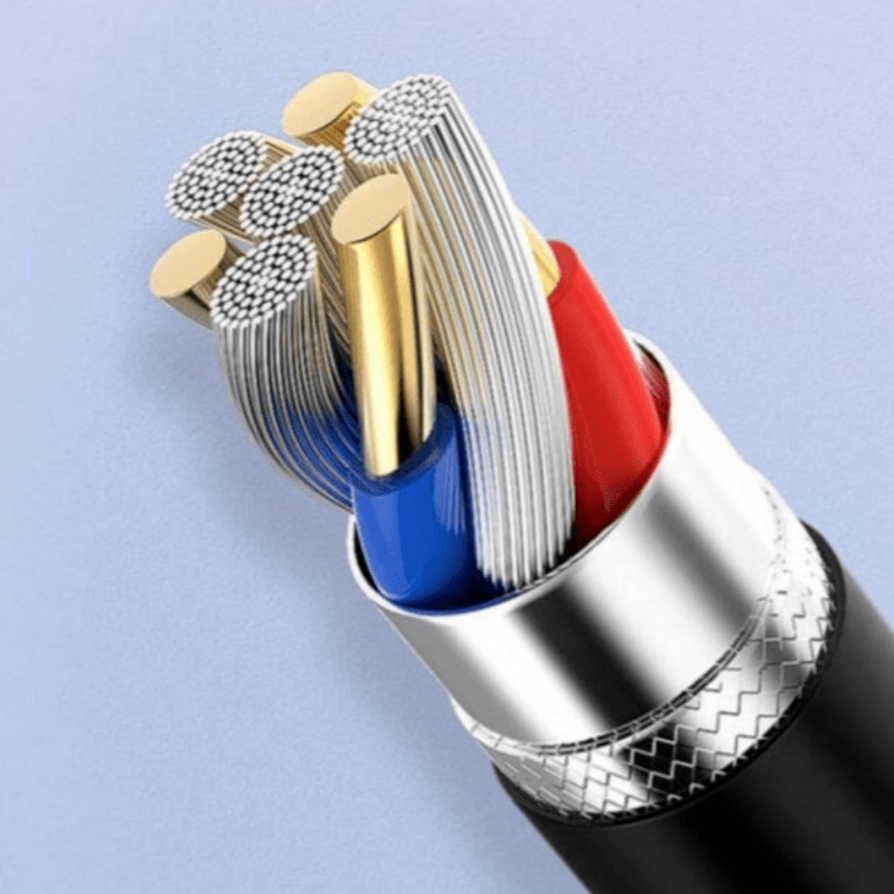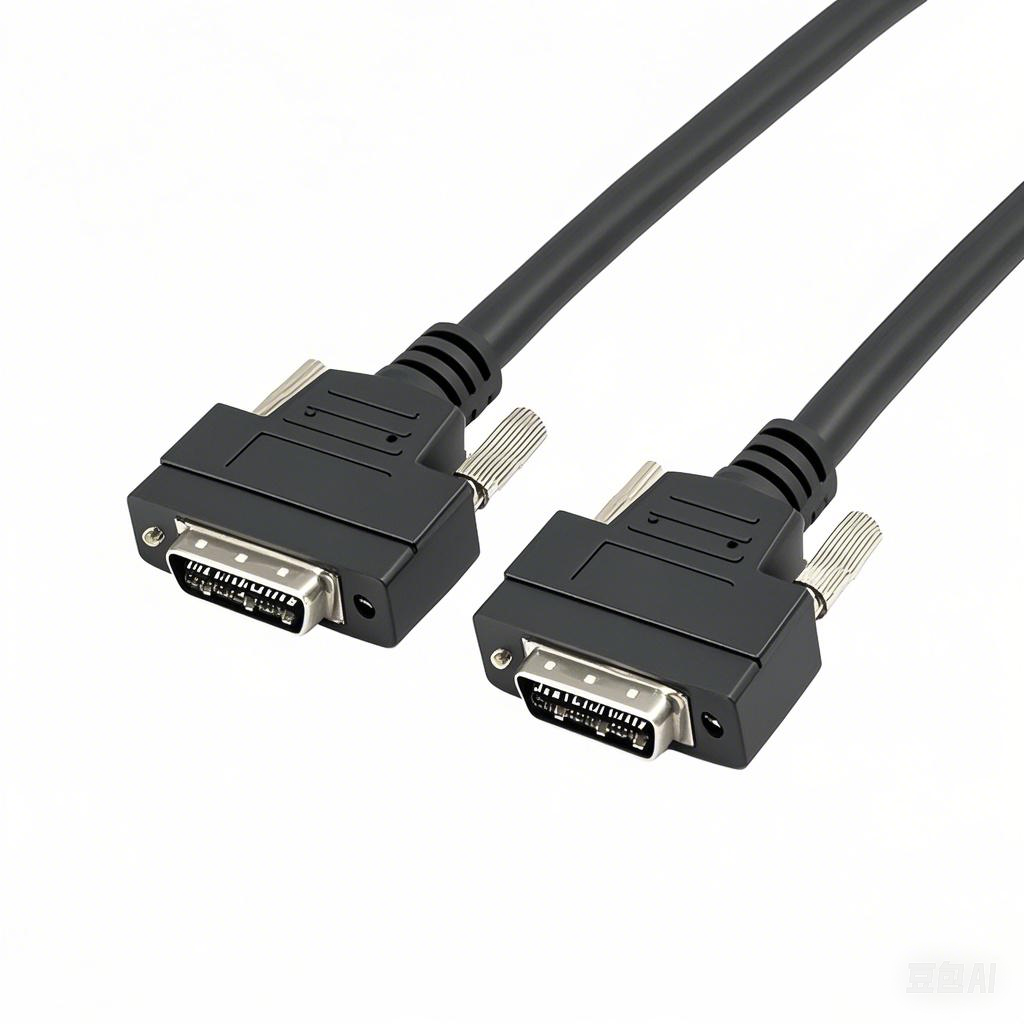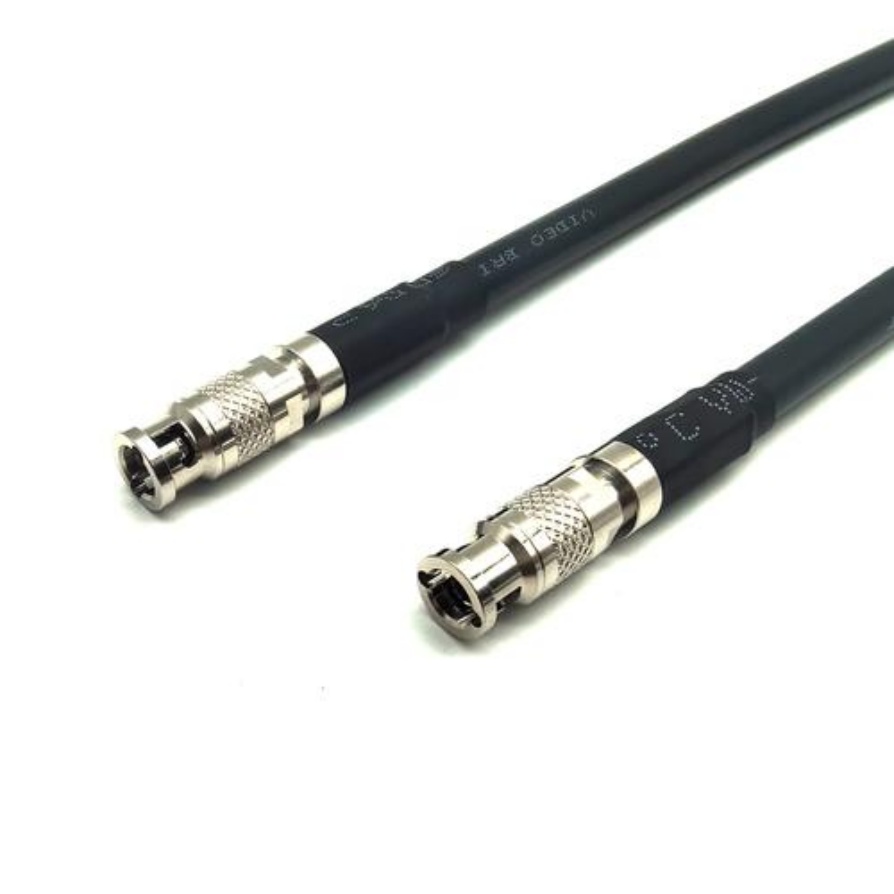What is the difference between machine cable and control cable
In industrial electrical systems, machine cables and control cables are two essential components, but they serve distinct purposes and possess unique characteristics. Understanding their differences is crucial for ensuring safe, efficient, and reliable operation of industrial equipment. This article will delve into the core distinctions between the two, covering aspects such as application scope, structural design, performance requirements, and practical use cases.
1. Fundamental Definitions
Machine Cable, also known as power cable for machinery, is primarily designed to transmit power to heavy-duty industrial machines and equipment. It supplies the necessary electrical energy to drive motors, pumps, compressors, and other high-power devices that form the backbone of industrial production lines.
Control Cable, on the other hand, is focused on transmitting low-voltage control signals rather than power. It facilitates communication between control units (such as PLCs, switches, and sensors) and actuators, enabling the precise regulation, monitoring, and coordination of industrial processes.
2. Core Differences
2.1 Application Purpose
The most significant difference lies in their functional roles. Machine cables are power carriers: they deliver high currents (typically ranging from tens to hundreds of amps) to drive machinery. For example, a machine cable might supply power to a CNC machine’s主轴 motor, ensuring it operates at the required speed and torque. Control cables, by contrast, handle signal transmission: they send commands from a control panel to a valve actuator to adjust flow rates, or transmit sensor data (like temperature or pressure readings) back to the control system for real-time monitoring.
2.2 Structural Design
Machine Cable: To withstand high current loads and harsh industrial environments, machine cables feature thicker conductors (usually made of high-purity copper for low resistance) and robust insulation and sheathing. The insulation material is often cross-linked polyethylene (XLPE) or ethylene propylene rubber (EPR), which offers excellent thermal stability and resistance to aging. The outer sheath is typically made of polyvinyl chloride (PVC) or polyurethane (PU), providing protection against mechanical impact, oil, and abrasion.
Control Cable: Since control cables carry low-voltage signals (often 24V DC or 220V AC), their conductors are thinner. They usually have multiple cores (ranging from 2 to 60 cores) to accommodate various signal paths simultaneously. The insulation is often PVC or polyethylene (PE), and the sheath may be PVC or a flame-retardant material to ensure safety in control cabinets. Some control cables also include a shielding layer (such as aluminum foil or braided copper) to prevent electromagnetic interference (EMI) from disrupting signal transmission— a feature less common in standard machine cables.
2.3 Performance Requirements
- Current-Carrying Capacity: Machine cables have high current-carrying capacity to meet the power demands of heavy machinery, while control cables prioritize signal integrity over current load.
- Environmental Resistance: Machine cables are designed to resist extreme temperatures (from -40°C to 90°C or higher), oil, chemicals, and mechanical stress (such as frequent bending in robotic arms). Control cables, though still durable, are often used in less harsh environments (like control rooms or cabinets) and may have lower resistance to mechanical abrasion compared to machine cables.
- Flexibility: High-flex machine cables (used in applications like robotic joints) are engineered with special stranding techniques to withstand millions of bending cycles. Control cables may require flexibility but not to the same extent as industrial machine cables.
2.4 Typical Application Scenarios
Machine Cable Applications: Industrial robots, CNC machining centers, printing presses, conveyor systems, packaging machinery, and heavy-duty motors in manufacturing plants, automotive assembly lines, and mining equipment.
Control Cable Applications: PLC control systems, instrumentation panels, sensor networks, HVAC control systems, elevator control circuits, and automated production line signal transmission.
3. Key Considerations for Selection
When choosing between machine cables and control cables, consider the following factors:
- Determine if the cable is for power transmission (machine cable) or signal control (control cable).
- Evaluate the operating environment: temperature range, exposure to oil/chemicals, mechanical stress, and EMI levels.
- Check the required current rating (for machine cables) or number of signal cores (for control cables).
- Ensure compliance with industry standards (such as IEC, UL, or VDE) for safety and compatibility.
4. Choose FRS for Reliable Cable Solutions
Whether you need high-performance machine cables for heavy-duty machinery or shielded control cables for precise signal transmission, FRS brand factory delivers tailored solutions that meet industrial demands. With years of expertise in cable manufacturing, FRS machine cables boast excellent current-carrying capacity and rugged environmental resistance, while our control cables ensure stable signal transmission with anti-interference shielding. All FRS cables comply with global quality standards, undergoing strict testing to guarantee durability and reliability. Trust FRS to power and control your industrial operations— your partner for safe, efficient, and long-lasting cable systems.


